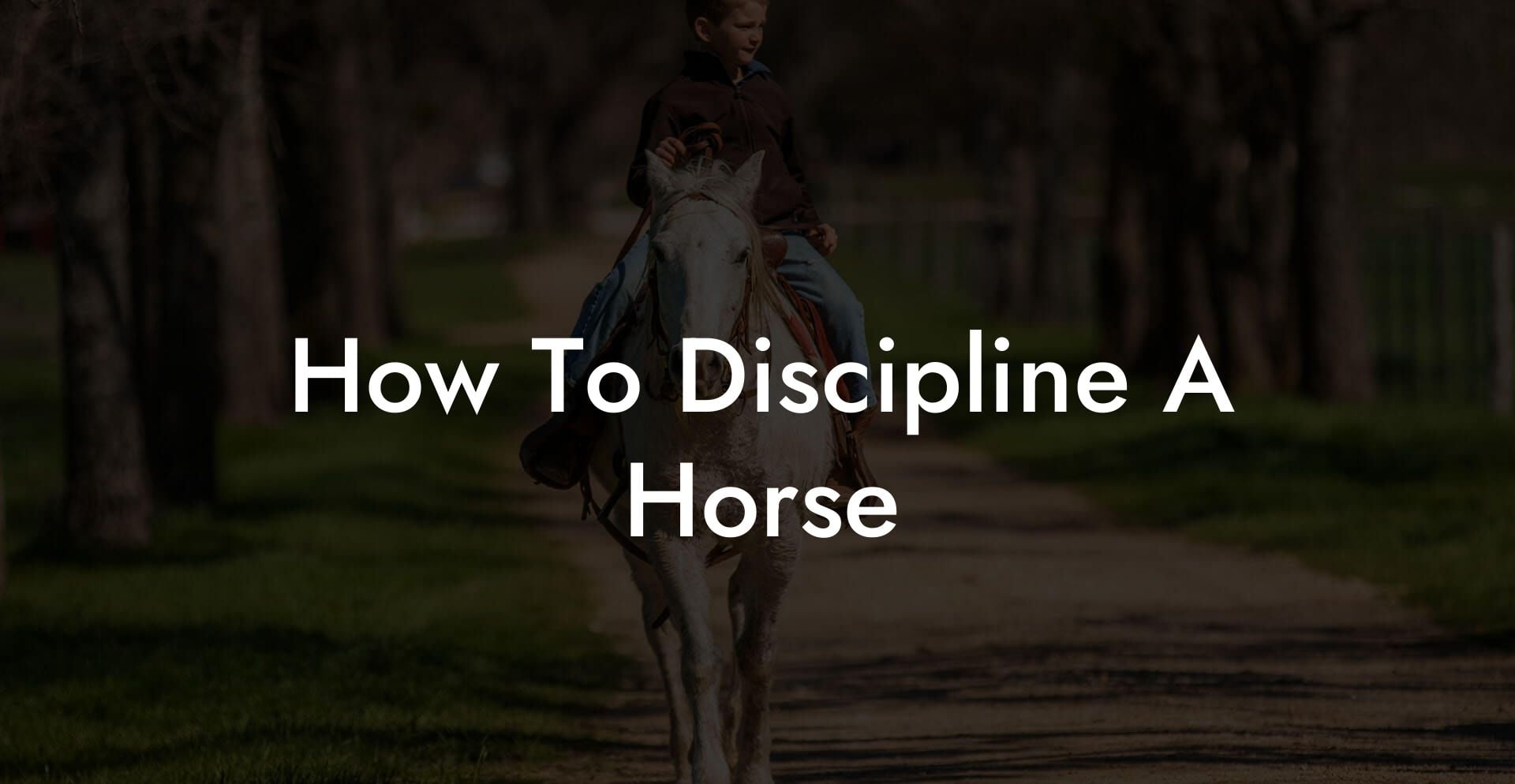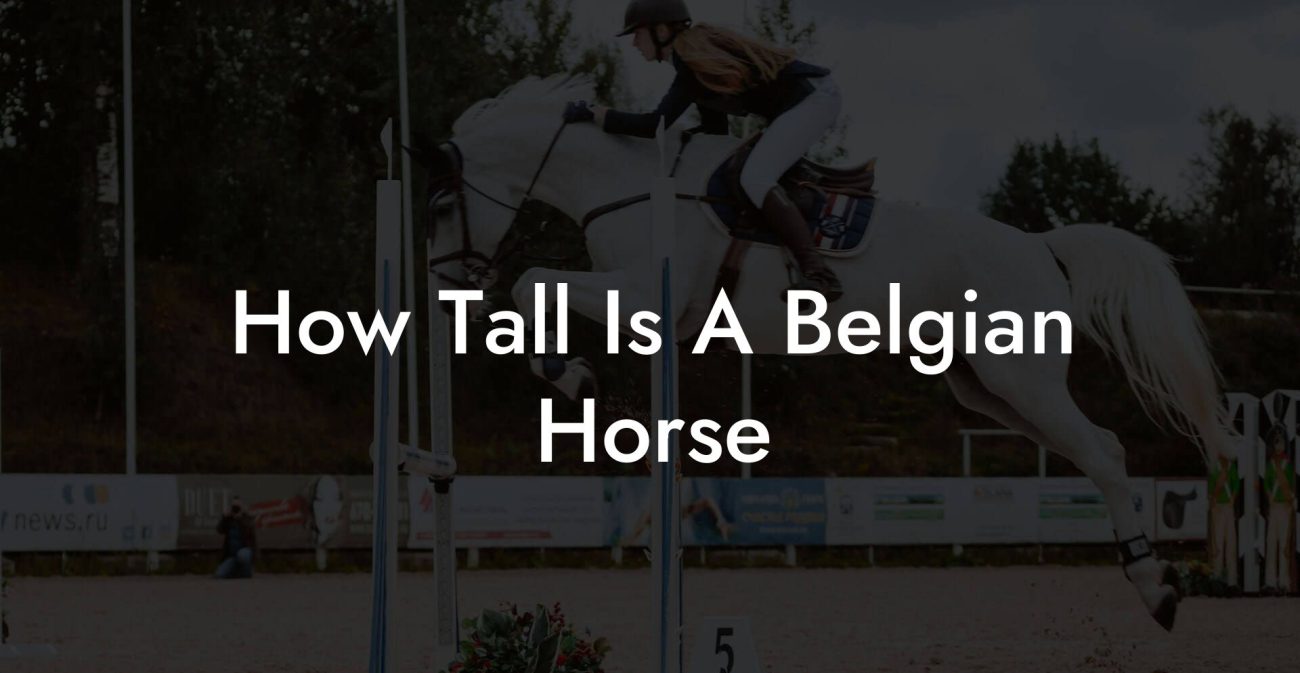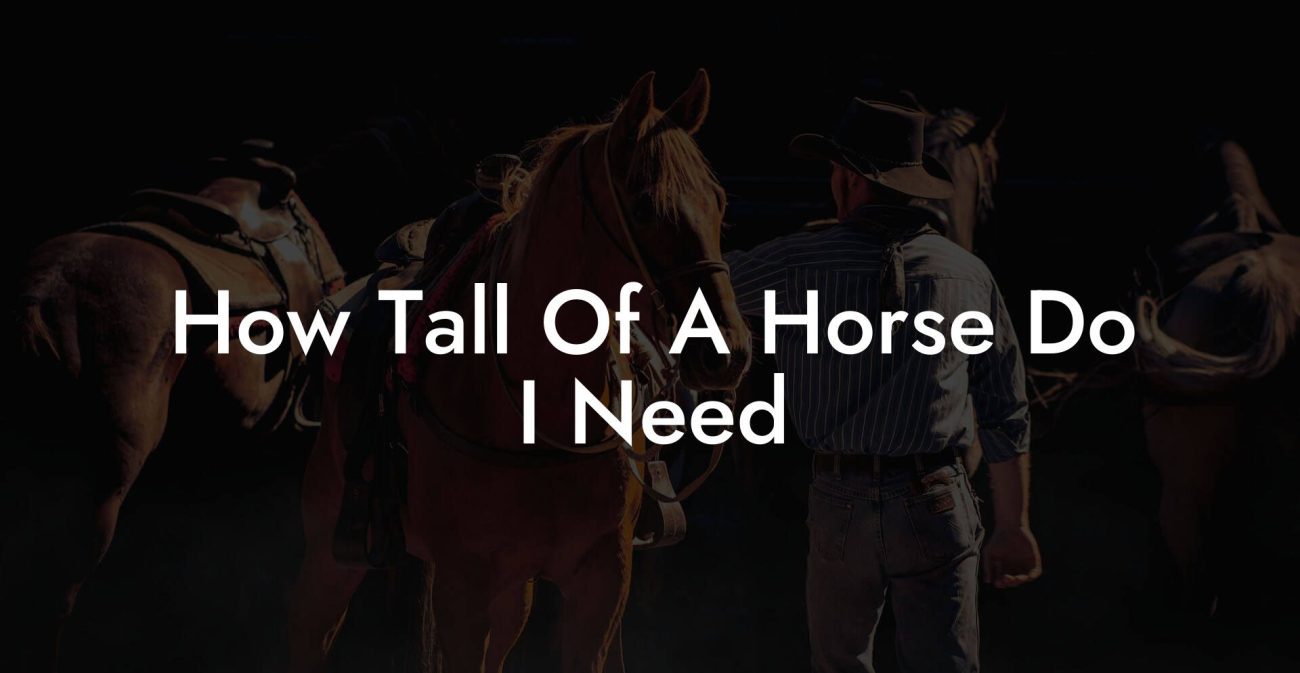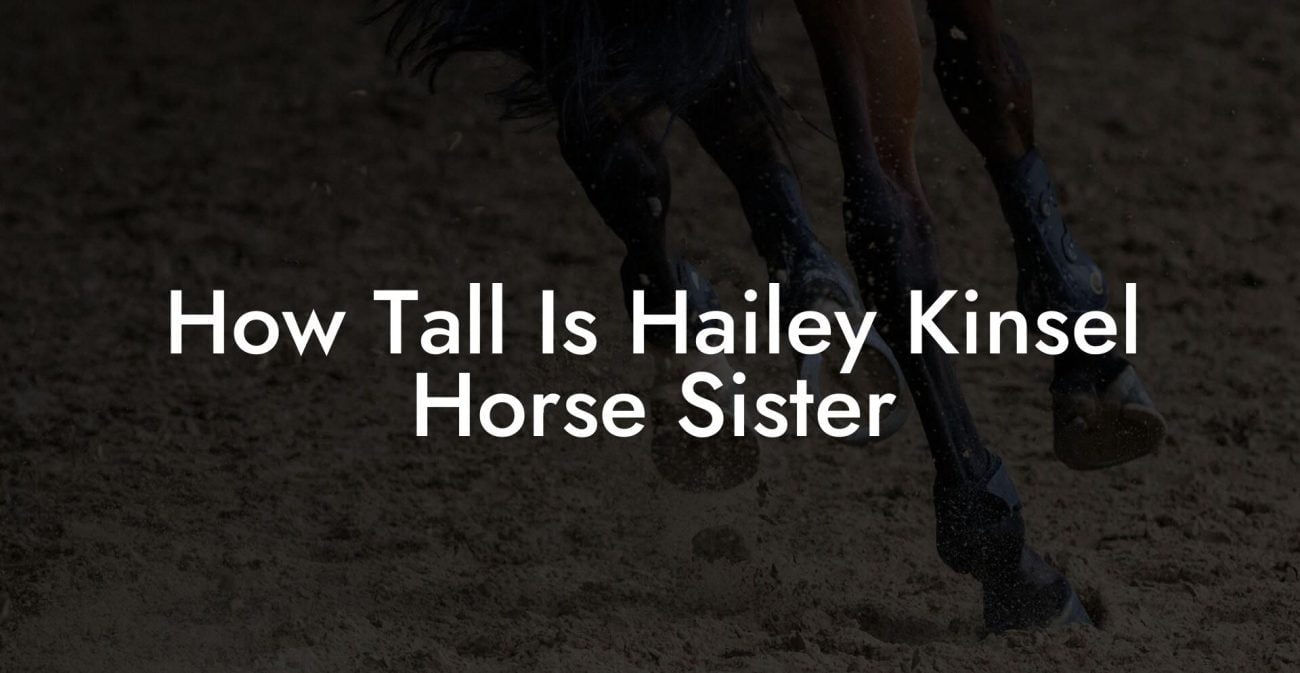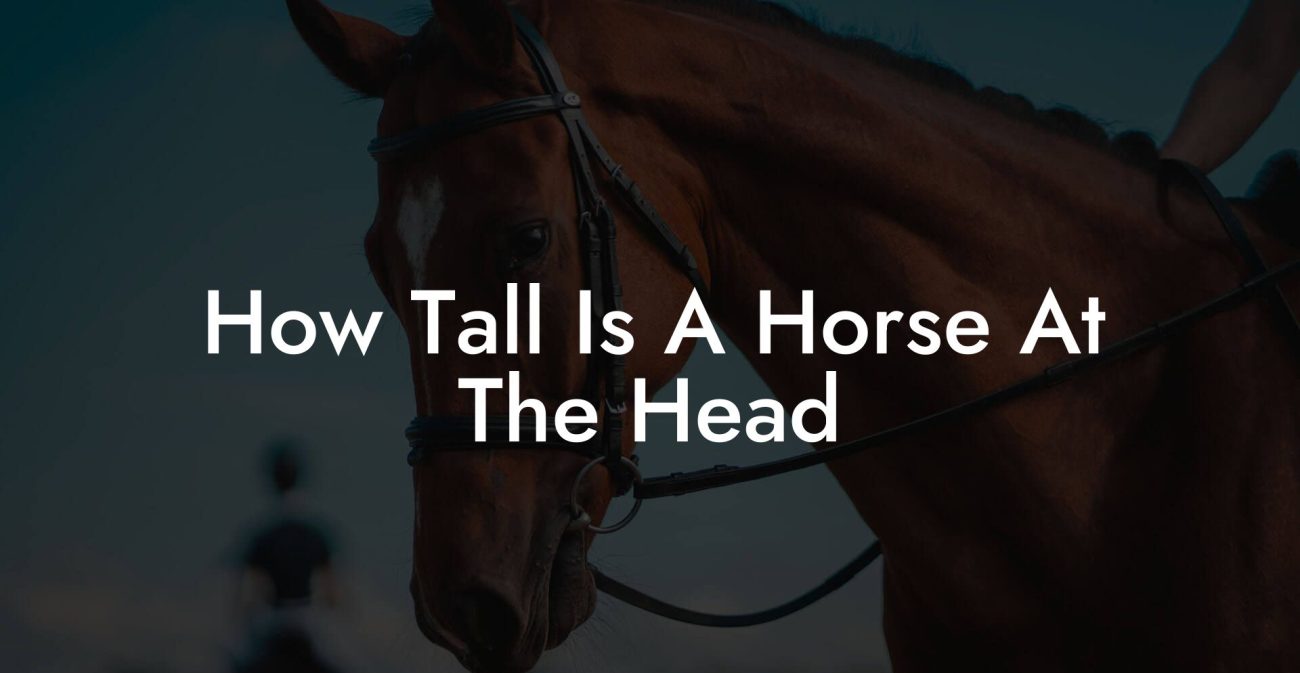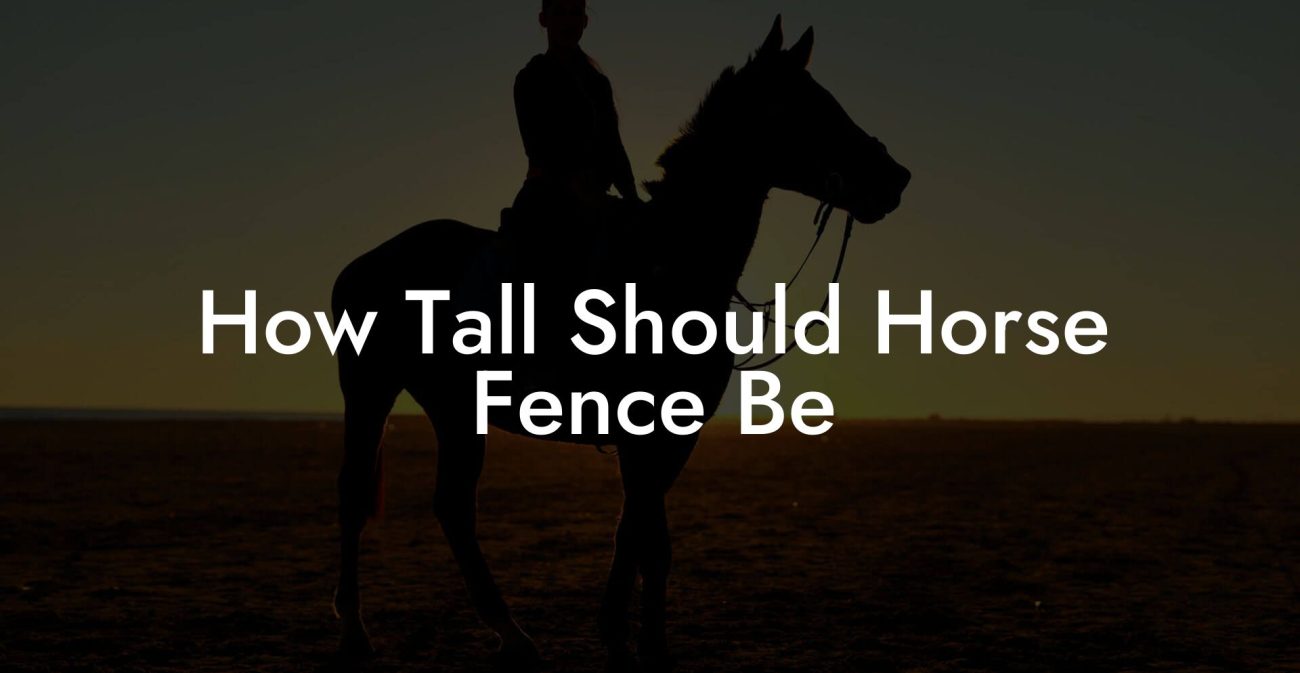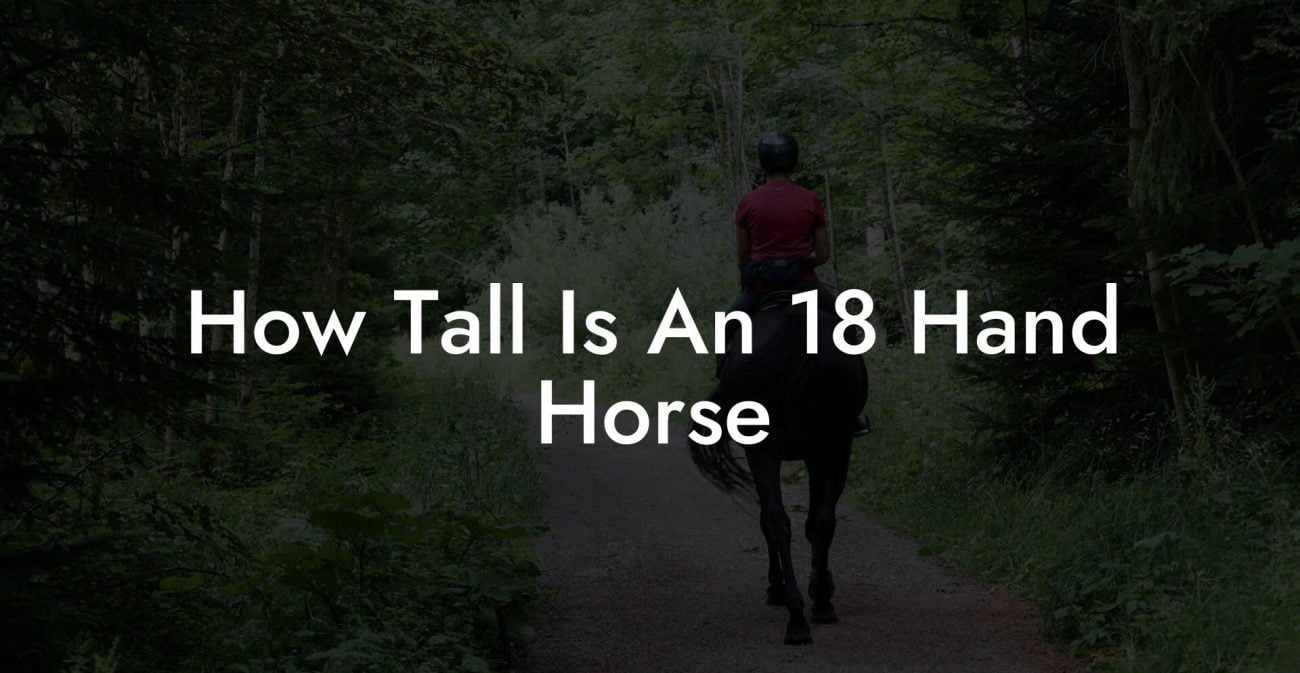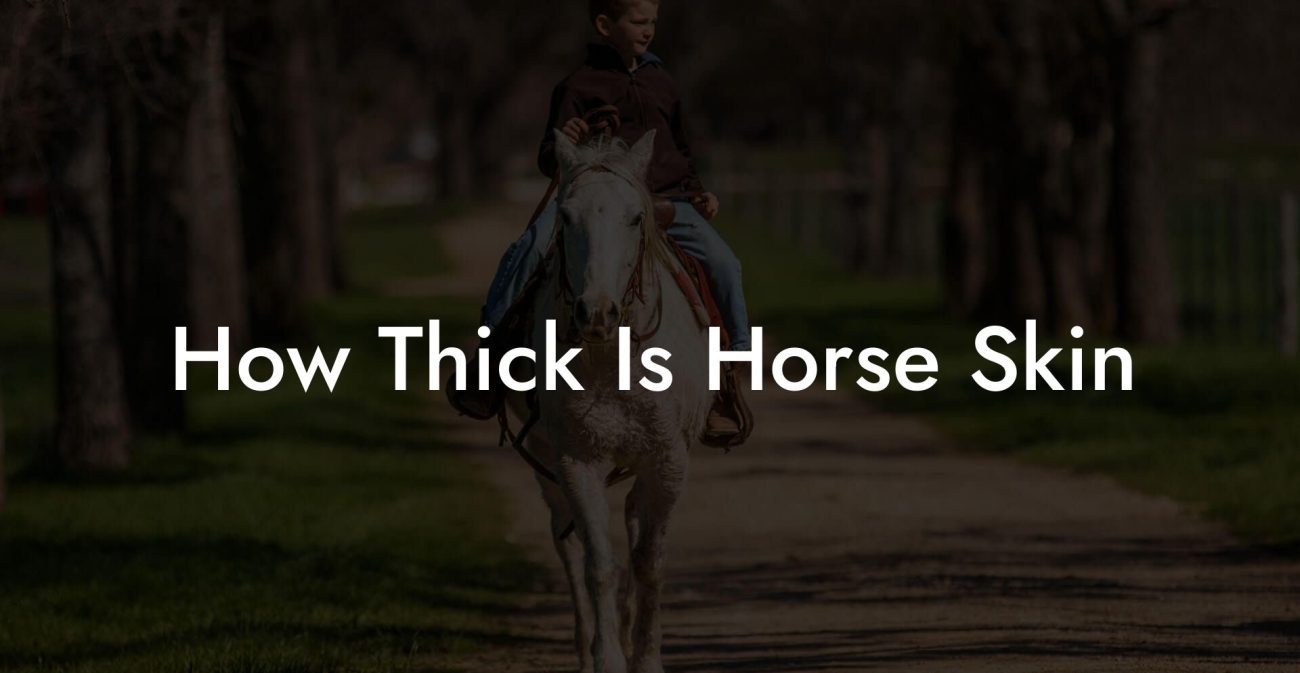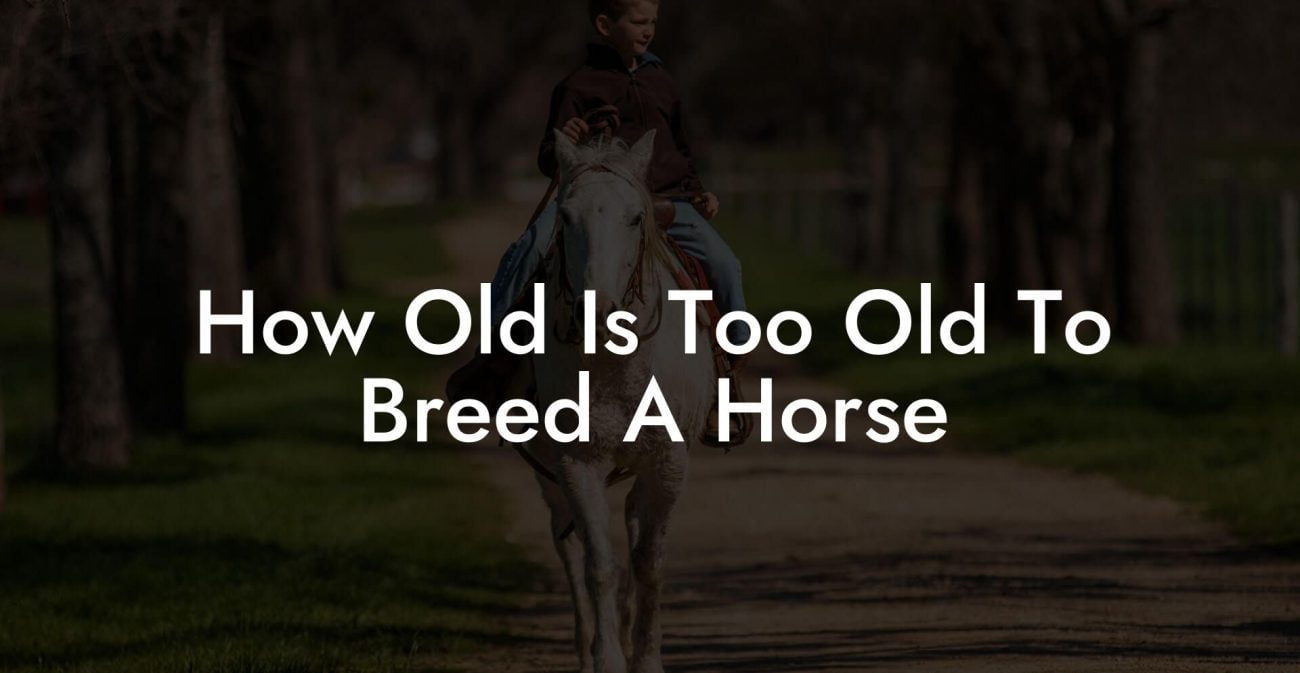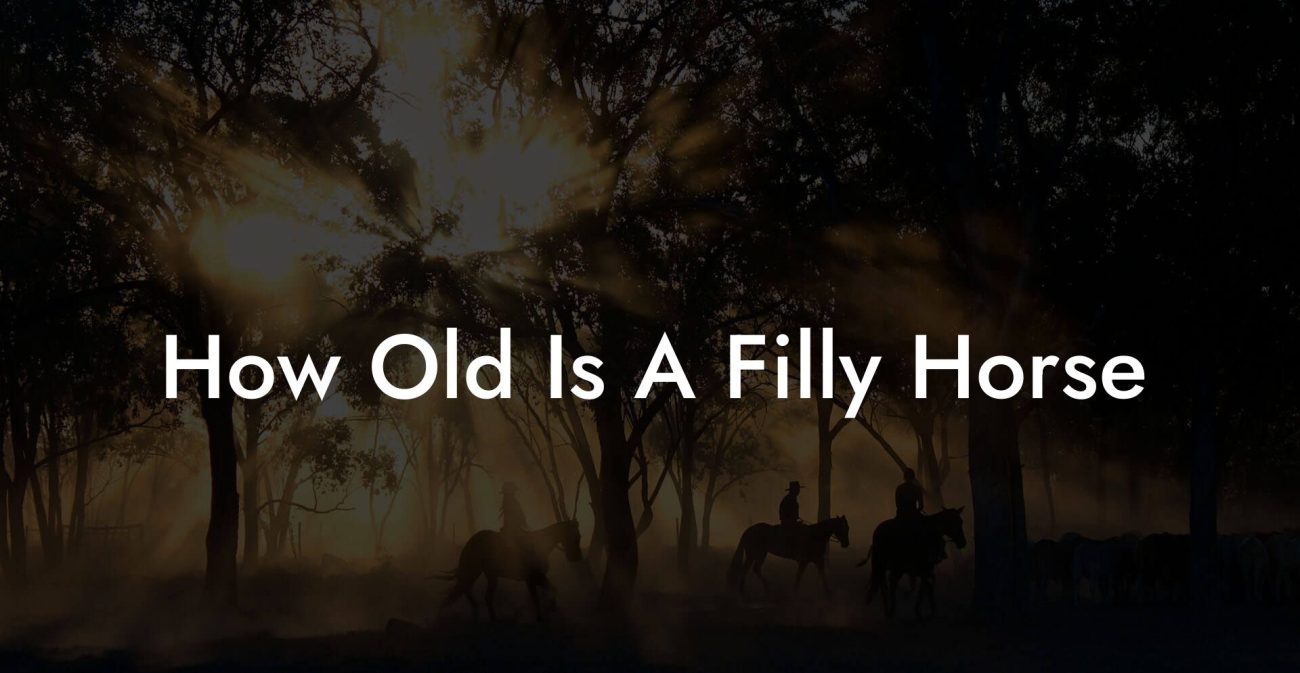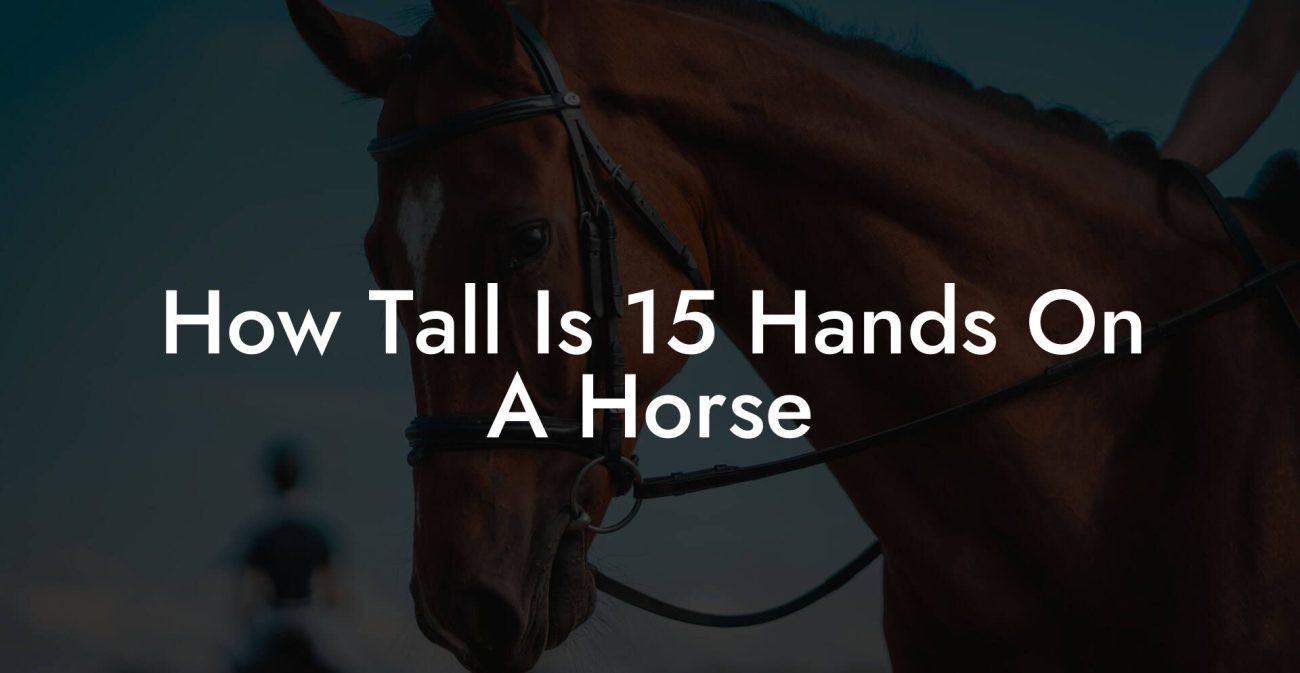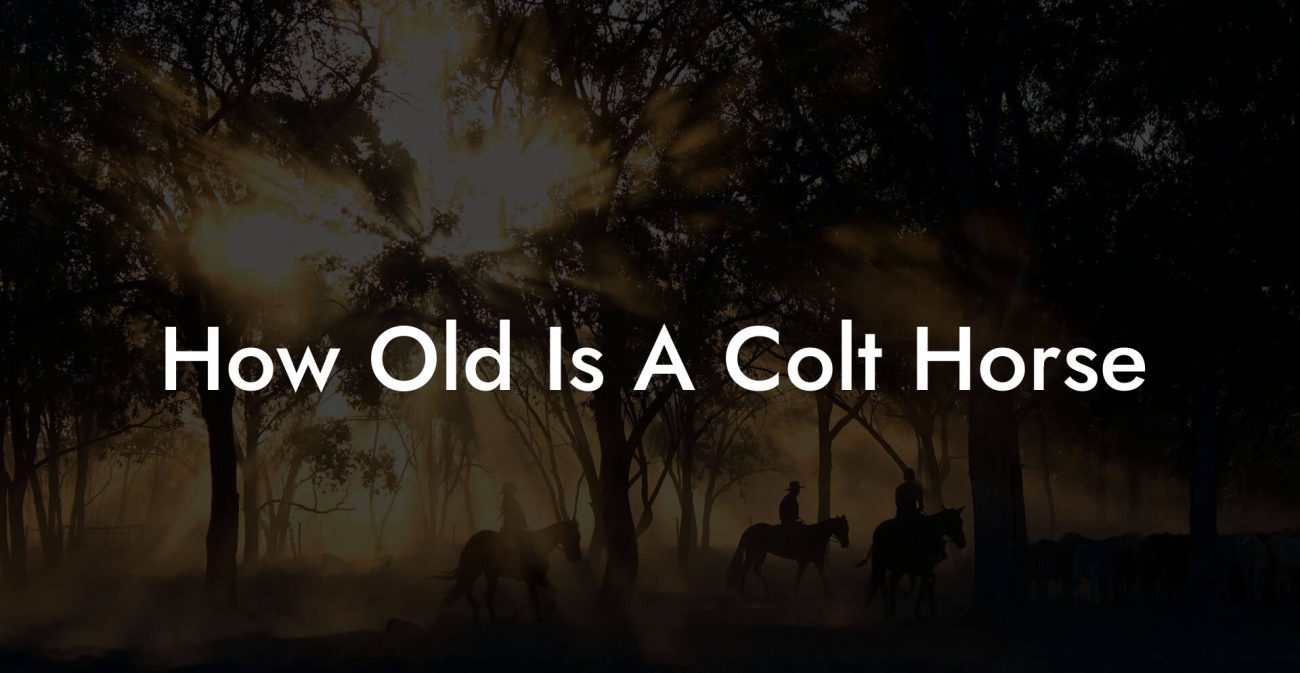Owning a horse is a joy-filled experience for any horse lover. However, it can sometimes be a challenge, especially when it comes to discipline. Addressing bad habits and poor behavior is a critical aspect of establishing a strong bond and harmonious relationship with your equine companion. In this article, we will guide you through the process of disciplining your horse effectively and safely.
How To Discipline A Horse Table of Contents
Understanding the Root Cause of Undesirable Behavior
Understanding the Root Cause of Undesirable Behavior
Before you discipline your horse, it is essential to understand the reasons behind their behavior. Horses and ponies act out for multiple reasons, such as:
- Pain or discomfort
- Fear or stress
- Boredom or frustration
- Lack of training or boundaries
In each case, it is crucial to address the root cause of the behavior before implementing any disciplinary measures. For example, consider checking if there are any physical discomforts like shoe discomfort, a poorly fitting saddle or bridle, aches, or injuries present. Additionally, assess the horse's environment to rule out any sources of fear or stress.
Establishing Trust and Leadership
Horses are herd animals and naturally follow the cues of their herd leader. As your horse’s human counterpart, you must assert yourself as the leader in the relationship. This does not mean dominating them; instead, you should create a bond built on trust, mutual respect, and clear communication.
Consistency is Key
Horses learn best when they receive consistent feedback. Be firm when setting boundaries, and always react to their unwanted behavior with the same measures. This will help your horse understand the expectations, and they will learn to associate their actions' consequences.
Timing is Everything
Ensure that any disciplinary measures are taken immediately after the unwanted behavior. Horses have a short time-lapse in associating their actions with consequences, so waiting will only lead to confusion. Be swift in correcting the behavior and equally quick in rewarding good behavior or compliance.
Disciplinary Methods
Many different methods can be applied to discipline a horse. However, always use the least amount of pressure necessary to achieve the desired result.
- Voice Correction: A firm "No" or other verbal cue that your horse will recognize can quickly deter unwanted behavior. Ensure your tone is authoritative, and only use it during correction, not in regular communication with your horse.
- Physical Pressure: Applying light pressure with a crop or directing the horse away from you can be useful. Remember to adjust the level of pressure as needed, and always cease the pressure once the horse complies with your command.
- Time-outs: As a last resort, some owners may opt to remove their horse from a situation and place them in a designated time-out area. This should only be done in extreme cases, and the owner should always be cautious of not adding more stress to an already heated situation.
Remember that each horse is unique, and their reactions to different disciplinary methods may vary. Always prioritize safety and maintain an open, calm communication with your horse throughout the experience.
How To Discipline A Horse Example:
Imagine your horse continually pulling the reigns or trying to take a bite of grass each time you halt during a trail ride. To correct this behavior, begin with a verbal cue. As soon as they attempt to pull on the reins or reach for grass, firmly say “No” or use an agreed-upon command. If the behavior continues, add light pressure to the reins or use a gentle tap with a crop to regain their focus. Consistently apply these measures until they understand that the behavior will not be tolerated.
Disciplining a horse requires patience, understanding, and a strong bond between horse and owner. Always prioritize their well-being and safety while addressing any behavior concerns. With consistency and clear communication, you can teach your horse to be well-mannered and develop a more enjoyable relationship. If you found this article helpful, please consider sharing it with fellow horse owners and explore other informative guides on How to Own a Horse.

